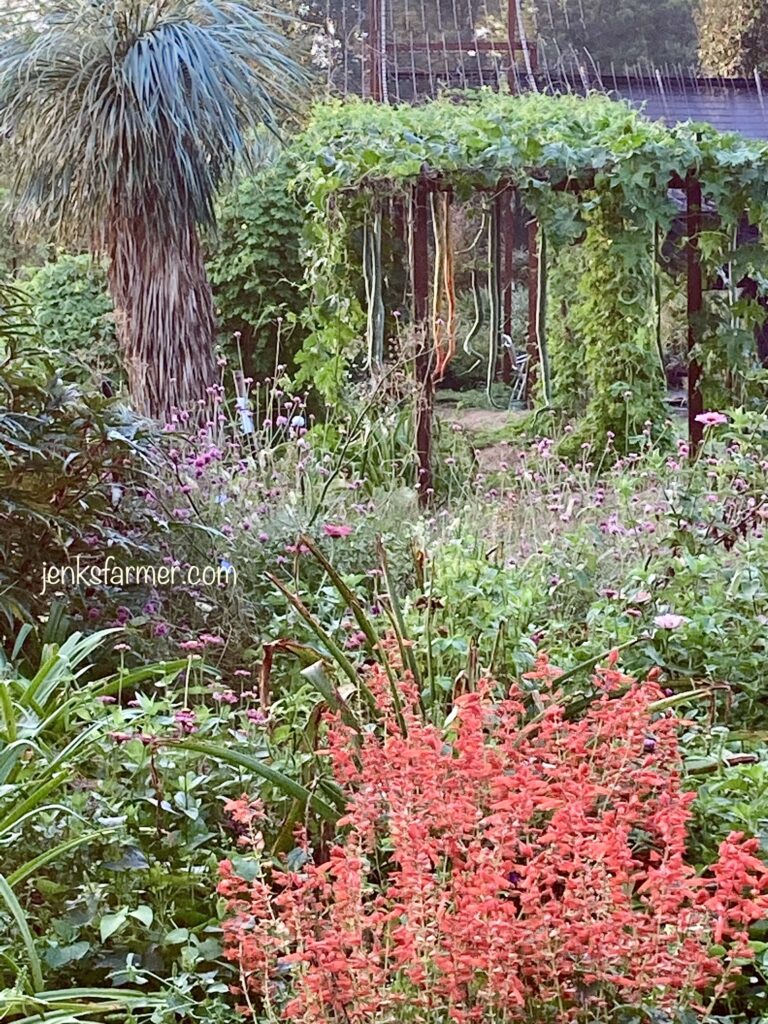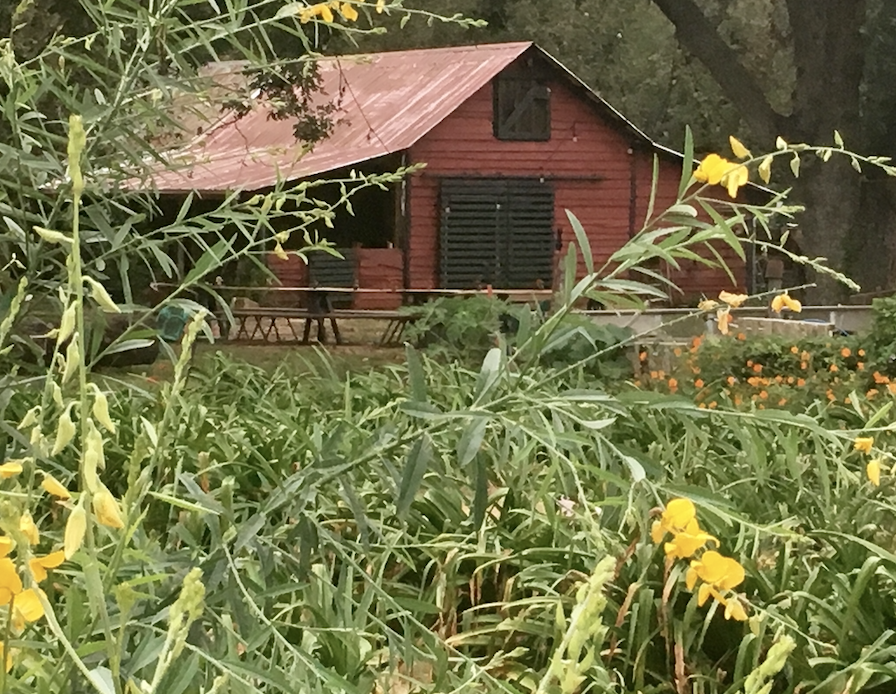
Build Your Soil & Soul with Late Summer Cover Crops
Once I considered writing a book called Farm, Yard, Garden. The premise would be that farming and horticulture are based on the same science but used for different goals.
What a mistake that would have been. Big agriculture and my farm, yard, or garden have almost nothing in common.
Being a part of, a steward of, a biological system drives me.
The way we manage our little farm does translate to homes. It offers lessons that can and should be used in suburban and city gardens. I have a little city garden too, so I can attest to that.
In my last book, Funky Little Flower Farm, I explained lots of those techniques by the month. Some chapters translate to home gardens via stories written about specific months. Some don’t. For example, we have just as many deer problems as the next guy. And, we’re getting suburban encroachment all the time, so deer get more aggressive. But, we use donkeys to protect our gardens and crops. There’s no way to translate that.
Careful, ethical, farmers treat their soil and their plants holistically. Backyard gardeners should too. We have human center goals; food, flowers, places to play ball. We can reach them all with respect and stewardship.
In September our farm looks amazing. Though it’s a lily farm, you can hardly see any lilies this time of year. Late summer and early fall produce green manures. Cover crops. Plants that will become our fertilizer for next year. You can do this at home, in different ways.
Where we have rows of big upright lily leaves most of the summer, in fall we have a bean field. Beans, cowpeas actually, take nitrogen out of the air and deposit it in the soil. Other crops do the same. Other cover crops do other things. We have zinnias, fennel, weirdos squash, and a list of plants you’ll find below.
Cowpeas
Sun hemp
Perennial Peanut
Lespedeza
Salvia
Zinnias
Brazilian Batchelor Button
South Seas Salad Tree
Snake Gourd
Visitors love our fields this time of year. We do too. Butterflies everywhere, flowers, and fruits to eat but I’m most proud of what we can’t see. We’re feeding soil microbes who’ll slowly provide nutrients for our plants. We’re producing a crop that people want at the same time we’re building our soil.
That’s what all agriculture and horticulture ought to be doing. We haven’t bought a bag of commercial synthetic fertilizer for years.
Can you do this at home? In a different way, sure you can. First, you may have to change your aesthetic a bit. It’s not going to look perfectly clean and tidy like some golf course. But you can plant crops like peanuts, or bush beans, or even sun hemp. Then in September or October, chop them, drop them, and cover them up with pine straw. Or you can stuff them under shrubs. The same thing that happens on our farm, happens on your soil.


